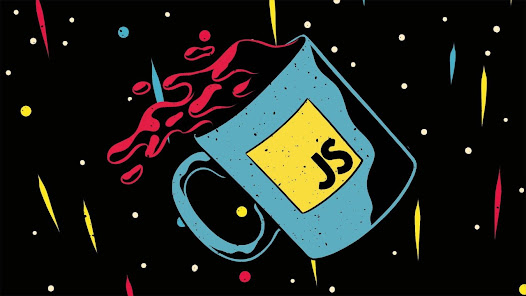Mastering JavaScript: Top 10 Key Concepts for Beginners
Learning JavaScript can be both exciting and challenging. To help you on your journey,
I’ve compiled the top 10 essential concepts every beginner needs to know,
along with examples to make things clearer.
1. Understanding let, const, and var
When declaring variables in JavaScript, you can use let, const, or var, but each serves a different purpose:
let: Block-scoped and can be updated.const: Block-scoped but cannot be updated or re-assigned after initialization.var: An older way to declare variables with function-level scope, which can be re-declared and updated.
Example:
javascriptlet x = 10;
const PI = 3.14;
var y = 20;
2. What are Template Literals?
Template literals allow you to easily create dynamic strings and embed variables using ${} inside backticks ( `... ` ).
Example:
javascriptconst name = "Abdullahi";
console.log(`Hello, ${name}!`); // Output: Hello, Abdullahi!
3. Primitive Data Types in JavaScript
JavaScript has several primitive data types:
- Number: For numeric values (
42,3.14) - String: For text (
"Hello",'World') - Boolean: For true/false values
- Undefined: For variables that haven't been assigned a value
- Null: Represents the intentional absence of a value
- Symbol: For unique identifiers
- BigInt: For large integers beyond the safe limit of
Number
4. Comparison Operators
Comparison operators are used to compare values. Some common ones include:
==: Checks value equality (ignores type).===: Strict equality (compares both value and type).>: Greater than.<: Less than.
Example:
javascriptconsole.log(5 == '5'); // true (type is ignored)
console.log(5 === '5'); // false (type is compared)
5. How the for Loop Works
The for loop lets you repeat a block of code a set number of times. Its structure includes initialization, condition, and increment.
Example:
javascriptfor (let i = 0; i < 5; i++) {
console.log(i); // Outputs 0, 1, 2, 3, 4
}
6. The Difference Between == and ===
In JavaScript:
==compares only the values and allows type coercion (e.g.,5 == '5'istrue).===compares both value and type (e.g.,5 === '5'isfalsebecause one is a number and the other is a string).
7. The Purpose of the typeof Operator
The typeof operator is used to determine the data type of a value.
Example:
javascriptconsole.log(typeof "Hello"); // "string"
console.log(typeof 42); // "number"
8. Understanding the if Statement
The if statement executes a block of code based on whether a condition is true. You can also use else for an alternative block if the condition is false.
Example:
javascriptlet age = 20;
if (age >= 18) {
console.log("You are an adult.");
} else {
console.log("You are a minor.");
}
9. The break Statement in Loops
The break statement is used to stop a loop prematurely when a certain condition is met.
Example:
javascriptfor (let i = 0; i < 10; i++) {
if (i === 5) {
break; // Stops the loop when i is 5
}
console.log(i);
}
10. The Difference Between while and do...while Loops
- A
whileloop checks the condition before executing the code, meaning it may not execute at all if the condition is false. - A
do...whileloop checks the condition after executing the code, ensuring the block runs at least once.
Example:
javascriptlet i = 0;
do {
console.log(i);
i++;
} while (i < 5); // Runs at least once
Mastering these concepts is crucial for building a solid foundation in JavaScript. Keep practicing, and soon you'll be ready to tackle more advanced topics like asynchronous programming, DOM manipulation, and frameworks like React!




0 Comments